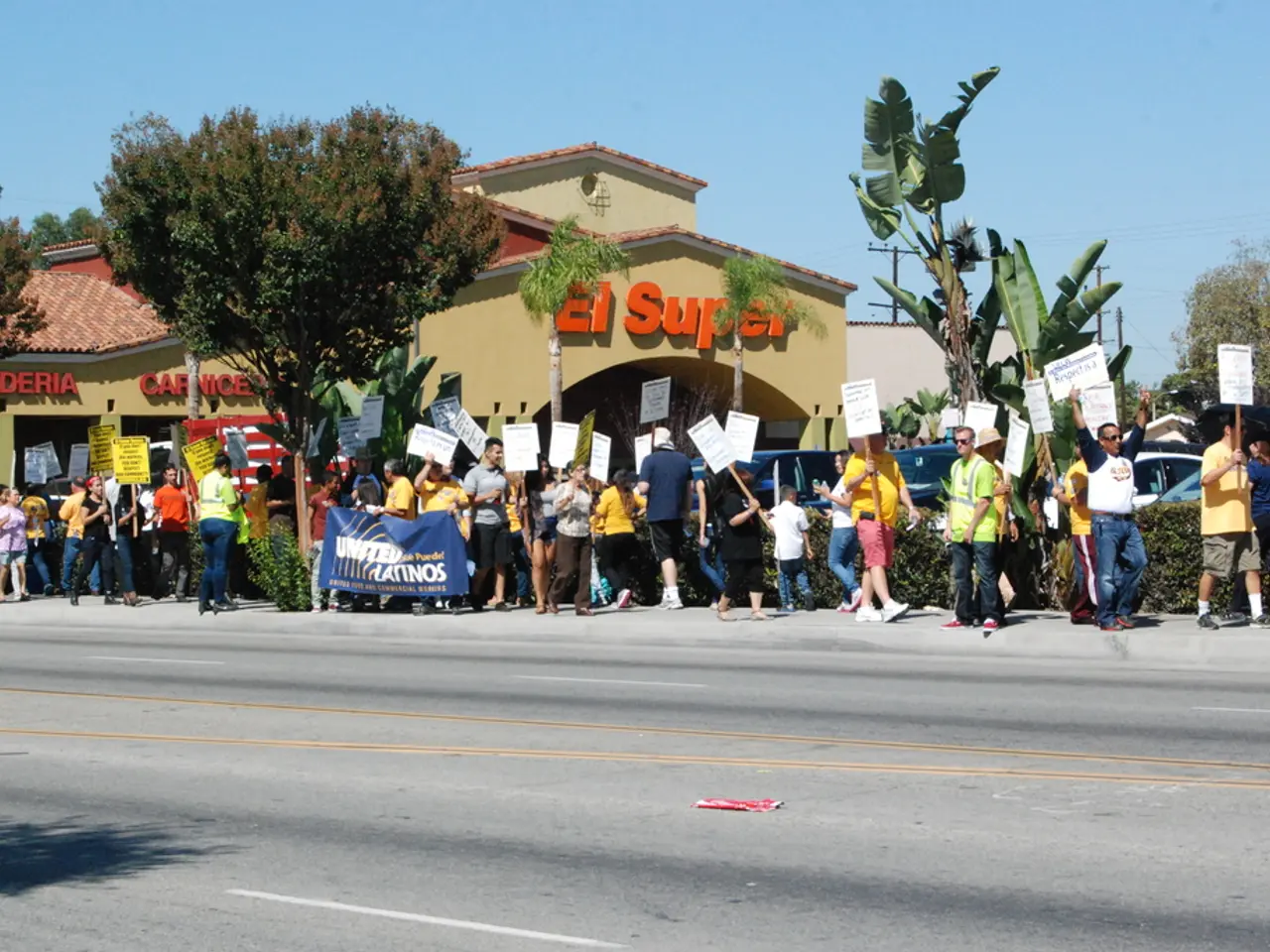Strategies for Shaping Political Campaign Influence Through Data Modeling
In the modern political landscape, data modeling has emerged as a powerful tool, revolutionising the way campaigns are run and decisions are made in governance. By structuring and analysing voter, demographic, and behavioural data, data modeling provides valuable insights that support informed decision-making.
The most effective data modeling techniques for political success involve targeted voter identification and segmentation using proprietary datasets, predictive analytics for voter behaviour, and geospatial and contribution data mapping to optimise outreach and resource allocation. These advanced data science and political analytics strategies help identify likely supporters, tailor communication, and improve turnout.
One key detail in targeted voter modeling is the use of proprietary datasets combined with partisan modeling to identify likely progressive or aligned voters. For instance, Civitech uses such models to raise voter registration rates by approximately 25% through targeted mailers and follow-up reminders that simplify voter engagement.
Academic projects are increasingly employing AI-based models and social data science methodologies to understand political behaviour dynamics in digital societies. This includes modeling conversations between citizens and political institutions and accounting for algorithmic biases that affect campaign targeting and resource distribution.
Campaigns utilise geographic information systems (GIS) to map voter contributions and demographic data. Visualization tools like bar charts can help campaigns understand contribution sources by type and political affiliation, guiding personalised messaging strategies for fundraising and voter outreach.
Scholars caution that the effectiveness of data-driven techniques should be critically evaluated. While these technologies offer significant advantages, successful campaigns combine data sophistication with strategic application rather than relying solely on new software or datasets.
Robust political polling integrating multiple methodologies can complement modeling techniques to capture representative opinions and voter intentions, helping campaigns adjust their strategies in real time.
Key skills required for political data modelers include statistical analysis, programming, machine learning, and political knowledge. Descriptive modeling explains past trends, while predictive modeling forecasts future voter behaviour and outcomes. Campaigns ensure data accuracy in modeling by verifying sources, cleaning datasets, and regularly updating models to reflect the latest voter information.
Regression analysis helps determine relationships between variables such as demographics and voting preferences. Data modeling can improve voter targeting by enabling campaigns to send personalised messages to specific voter segments, increasing engagement and turnout. Real-time data enables quick adjustments to campaign strategies based on emerging trends and events.
The future of data modeling in politics involves AI-driven modeling, integration of big data from multiple sources, and real-time adaptive strategies. Ethical concerns with political data modeling include voter privacy, data misuse, and potential bias in predictive algorithms.
Data modeling can detect swing voters by analysing past voting trends and issue-based opinions. As we move forward, it is crucial to navigate these ethical considerations while harnessing the power of data modeling to maximise campaign efficiency and voter impact, all while avoiding the pitfalls of overhyped technological claims.
- The use of data modeling in politics, with techniques like targeted voter identification and predictive analytics, is revolutionizing campaign strategies by providing insights for informed decision-making.
- To optimize outreach and resource allocation, campaigns employ geospatial and contribution data mapping, as well as geographic information systems (GIS) for visualizing voter contributions and demographic data.
- Key skills for political data modelers include statistical analysis, programming, machine learning, political knowledge, and a critical understanding of data-and-cloud-computing to avoid algorithmic biases in campaign targeting.
- Ethical concerns regarding political data modeling revolve around voter privacy, data misuse, and potential bias in predictive algorithms, making it crucial to navigate these issues while maximizing campaign efficiency and voter impact.
- As technology evolves, the future of data modeling in politics involves AI-driven modeling, integration of big data from multiple sources, and real-time adaptive strategies to stay responsive to emerging trends and events in general-news, learning, education-and-self-development, and policy-and-legislation.








